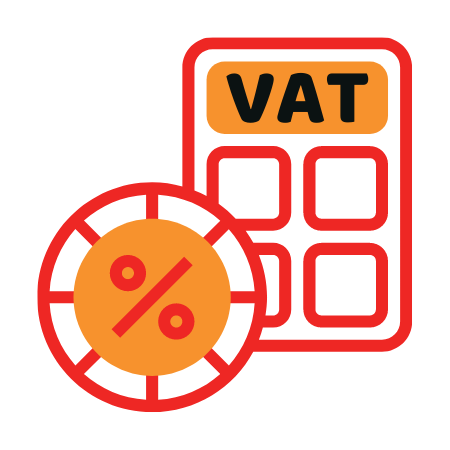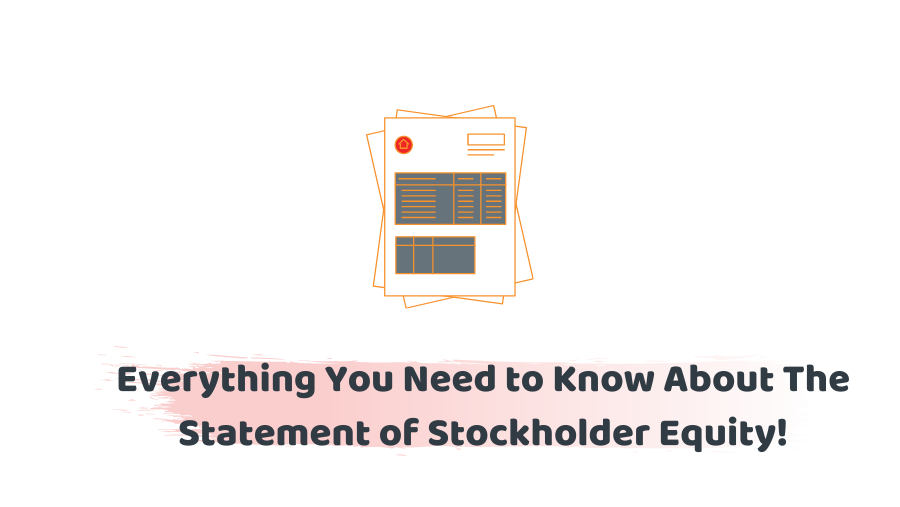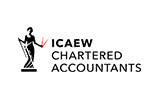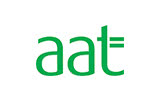A statement of stockholders’ equity is a part of the asset report that mirrors the progressions in the worth of the business to shareholders from the start to the furthest limit of a bookkeeping period. It implies the exercises the business is seeking after to help pay are paying off. In the event that the statement of stockholder equity diminishes, it could be an ideal opportunity to reevaluate.
What Is a Statement of Stockholders Equity?
It gives shareholders, or the organization’s proprietor an image of how the business is performing, net, everything being equal, and liabilities.
The statement of stockholders equity is the difference between total assets and total liabilities and is normally estimated month to month, quarterly, or yearly. It’s found on the accounting report, which is one of three monetary archives that are imperative to all independent companies.
Stockholders’ equity can increase just in case there are more capital commitments by the entrepreneur or financial backers or on the other hand in case the business’ benefits improve as it sells more items or builds edges by controlling costs.
Accotax is a dedicated firm based in Morden, UK. Call us at 020 3441 1258 or send us an email at info@accotax.co.uk
What is Stockholders Equity?
At the point when you take the entirety of the organization’s assets and take away the liabilities, what remains is the equity. For an organization with stock offers, the equity is possessed by the stockholders. This equity is basically the piece of an asset report or record that unmistakably figures and clarifies the stockholders’ (or shareholders’) equity.
Parts of Stockholders Equity:
Stockholders’ equity has a couple of parts, each with its own worth and meaning.
Share Capital:
Share capital is the money an organization raises by giving stock. In the first sale of stock, a set measure of stock is sold at a set cost. From that point forward, the stock can be exchanged uninhibitedly, however, the cash that is paid straightforwardly to the organization for that underlying contribution is the share capital.
Retained Income:
Retained income is the measure of cash left in the business after the shareholders are delivered profits. With profit stocks, shareholders are qualified for a level of the organization’s benefits. The organization actually needs to compute how much cash it needs to work with after these instalments are made, and that computation is the retained income.
Net Gain:
Net gain looks at benefits to costs and deductions. So, the net gain is the cash left after you take away costs and deductions from the absolute benefit. For this situation, the benefit is the measure of cash made subsequent to deducting the expense of activities.
Dividends:
Dividends allude to reserves paid to shareholders. Financial backers who own stock in an organization own a piece of the business. Thusly, they are eligible for a level of benefits. A profit is the measure of cash paid per portion of the stock, and it isn’t really equivalent to the benefit.
All things being equal, the organization will save a part of its benefits to deliver profits, and that piece is generally illustrated in the stock understanding.
Thinking of Joining us? Get to know more about us!
Who Utilizes A Statement of Stockholder Equity?
In both prosperous and testing times, entrepreneurs need to have a thought of how their business is faring over a specific period.
Three reasons why it is significant:
- It can assist you with settling on business choices.
- It can disclose to you how well you’re maintaining your business.
- It can assist you with traversing financial troubles.
1. It can assist you with settling on business choices.
Posting how much the business is worth after costs are paid is important for arranging purposes. A statement of shareholder equity can advise you on the off chance that you ought to acquire more cash to grow, regardless of whether you need to reduce expenses or whether you’ll make a benefit on a deal. It can likewise assist you with drawing in external financial backers who will without a doubt need to see that statement before infusing capital into your endeavour.
2. It can disclose to you how well you’re maintaining your business.
It is helpful for checking how well the entrepreneur is maintaining the business. In the event that stockholder equity decreases starting with one bookkeeping period then onto the next, it’s an indication that the entrepreneur is accomplishing something incorrectly.
3. It can assist you with traversing financial troubles.
It can likewise uncover whether you have sufficient equity in the business to overcome a slump, for example, the one coming about because of the COVID-19 pandemic. It also shows whether you are on a strong enough balance to acquire from a bank, in case there’s worth in selling the business, and regardless of whether it’s a good idea for financial backers to contribute.
How would you make a Statement of Shareholder Equity?
It commonly incorporates four segments that portray how the business is getting along.
Segment One: Equity. The principal segment shows the equity of the business towards the start of the bookkeeping time frame.
Segment Two: New equity implantations. This part records any new ventures that shareholders or proprietors made to the organization for the year. Total compensation is likewise remembered for this estimation.
Area Three: Subtractions. This segment deducts all profits paid out to financial backers and any overall deficits.
Segment Four: Equity balance. The last segment shows your consummation equity balance for the period you are following.
The heading ought to have the organization name, the title of the statement, and the bookkeeping time frame to forestall any disarray some other time when you are looking for these budget reports.
Conclusion:
So, in conclusion, we can say that some entrepreneurs might ignore the statement of stockholder equity in case they are centred distinctly around cash coming in and going out. However, pay shouldn’t be your possibly centre assuming you need a smart thought of how your tasks are faring.
Still, have a question? Get in touch with us.
Disclaimer: This content is intended to provide general information on the statement of stockholder equity.






















































